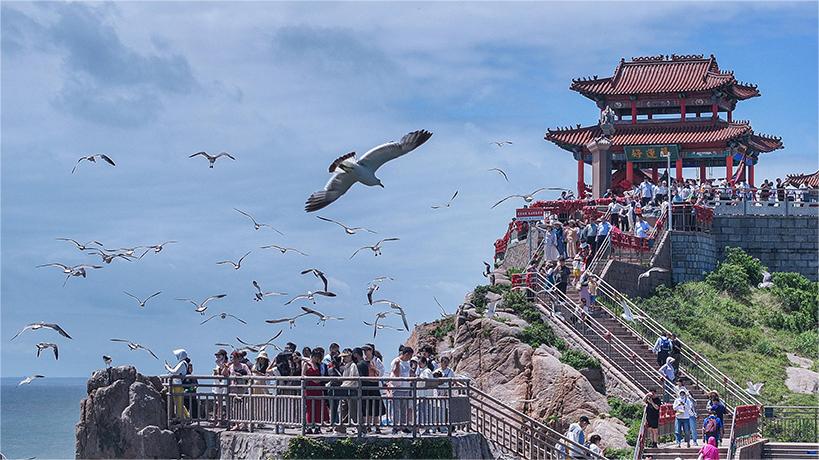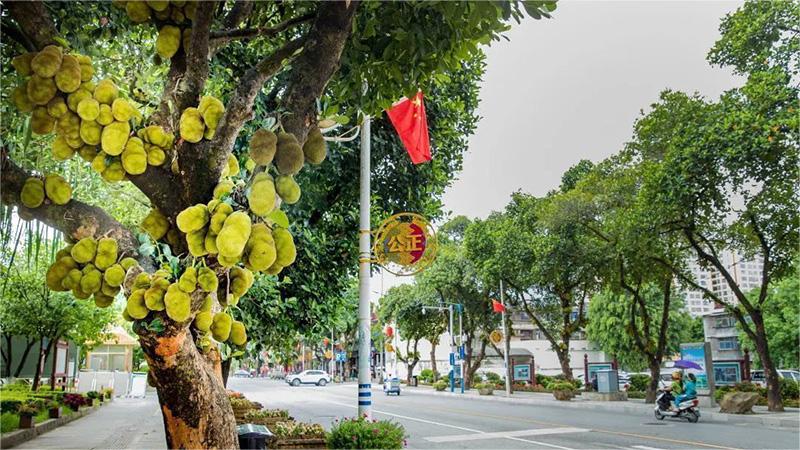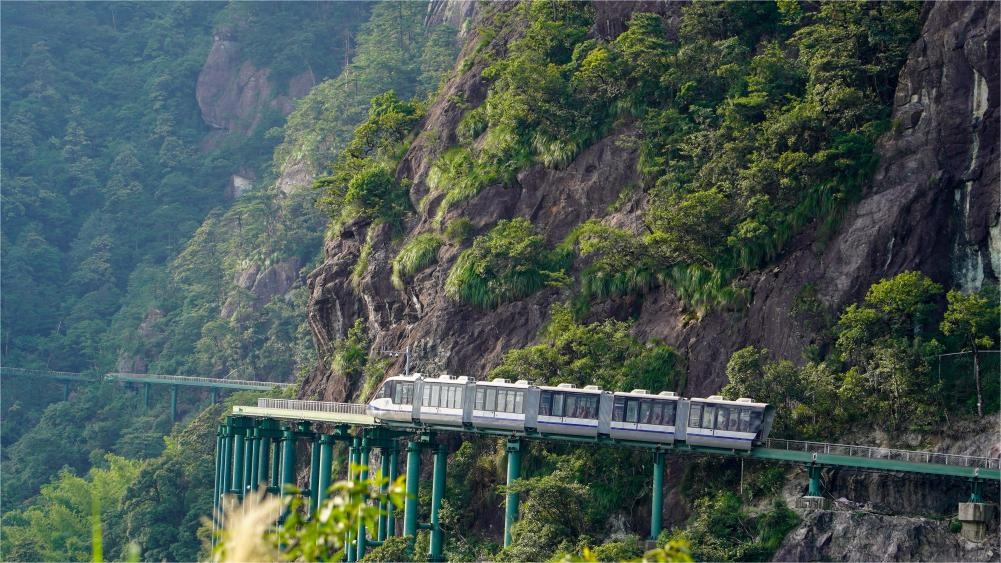Veteran architect reflects on China's evolving train stations
HARBIN, July 14 (Xinhua) -- Standing before the bustling railway station in Harbin, capital of northeast China's Heilongjiang Province, 43-year-old veteran architect Li Lili vividly recalls how crowded and chaotic it was two decades ago.
"A giant grey concrete box filled with deafening shouts and disoriented travelers: that was my first impression of the province's largest train station," Li said.
As she squeezed her way through the crowded concrete building, Li could never have imagined herself becoming a designer and helping with the innovations of such stations. Over her career, many of China's train stations have evolved from mere passenger entrances into multifunctional modern transport complexes, transforming the travel experience.
"For a long time, traveling by train in China was a haphazard choice for many, with constant congestion at station entrances and on platforms," Li said.
She explained that in the past, since railways were mainly built for freight trains, many passenger stations were merely subsidiary facilities, without any guidance, diversion routes and other essential services for passengers.
Things began to change in 2008. The advent of high-speed railways significantly reduced travel times by train, spurring a rapid increase in travel demand and the development of new generations of train stations.
Li noted that many train stations seized the opportunity to upgrade their services for the convenience of passengers.
"An example is the widely accepted elevated walkway in the renovated or newly-built stations, which connects different platforms from above," Li said, adding that this innovation greatly reduces intersecting passenger routes within the station, thereby avoiding jams and helping travelers reach their trains more easily and quickly.
Another change in train station design involves integrating local culture. "This trend has been accompanied by the further expansion of China's high-speed rail network and the rise of personalized travel since roughly 2016," Li said. She added that both tourists and local governments now expect train stations to serve as urban landmarks rather than mere entrances, showcasing the unique characteristics of travel destinations.
"The iconic skyline of Harbin railway station was refurbished in 2018. I incorporated European-style elements into the redesign of a train station in Mudanjiang City, highlighting its unique history of cultural fusion," Li said.
As an architect, Li has been involved in designing over 100 train stations in her decades-long career, continually reshaping train stations for the next generation.
"With an increasing number of people favoring new travel modes like experiential tourism and city walks, train stations are becoming city sub-centers. In cities such as Hangzhou and Chongqing, they now incorporate accommodation, entertainment and urban transport," she said.
Photos
Related Stories
- China's rail freight volume, turnover hit record highs in June
- China reports record railway passenger trips in H1
- Three newly built stations along the Sichuan-Qinghai Railway unveiled
- Tianjin-Beijing Daxing intercity railway boosts capacity, eases summer travel rush
- China expects to see 860 mln railway trips during summer travel rush
Copyright © 2024 People's Daily Online. All Rights Reserved.









